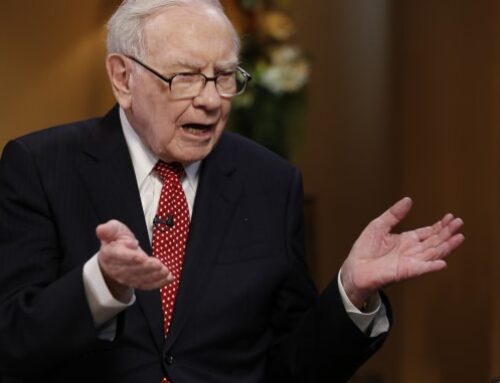The reason I choose to make it longer post is the terminology is heavy here. I found that Warren Buffett explains it really better and So I realized not to add much anything from my side. So here I go.
Our avenues of investment break down into three categories. These categories have different behavior characteristics, and the way our money is divided among them will have an important effect on our results, relative to the Dow in any given year. The actual percentage division among categories is to some degree planned, but to a great extent, accidental, based upon availability factors.
The first section consists of generally undervalued securities (hereinafter called “generals”) where we have nothing to say about corporate policies and no timetable as to when the undervaluation may correct itself. Over the years, this has been our largest category of investment, and more money has been made here than in either of the other categories. We usually have fairly large positions (5% to 10% of our total assets) in each of five or six generals, with smaller positions in another ten or fifteen.
Sometimes these work out very fast; many times they take years. It is difficult at the time of purchase to know any specific reason why they should appreciate in price. However, because of this lack of glamour or anything pending which might create immediate favorable market action, they are available at very cheap prices. A lot of value can be obtained for the price paid. This substantial excess of value creates a comfortable margin of safety in each transaction. This individual margin of safety, coupled with a diversity of commitments creates a most attractive package of safety and appreciation potential.
The generals tend to behave market-wise very much in sympathy with the Dow. Just because something is cheap does not mean it is not going to go down. During abrupt downward movements in the market, this segment may very well go down percentage-wise just as much as the Dow.
Our second category consists of “work-outs.” These are securities whose financial results depend on corporate action rather than supply and demand factors created by buyers and sellers of securities. In other words, they are securities with a timetable where we can predict, within reasonable error limits, when we will get how much and what might upset the applecart. Corporate events such as mergers, liquidations, reorganizations, spin-offs, etc., lead to work-outs.
This category will produce reasonably stable earnings from year to year, to a large extent irrespective of the course of the Dow. Obviously, if we operate throughout a year with a large portion of our portfolio in work-outs, we will look extremely good if it turns out to be a declining year for the Dow or quite bad if it is a strongly advancing year….
…My self-imposed limit regarding borrowing is 25% of partnership net worth. Oftentimes we owe no money and when we do borrow, it is only as an offset against work-outs
The final category is “control” situations where we either control the company or take a very large position and attempt to influence policies of the company. Such operations should definitely be measured on the basis of several years. In a given year, they may produce nothing as it is usually to our advantage to have the stock be stagnant market-wise for a long period while we are acquiring it.
You can call warren Buffett conservative investor but for me what he mentioned in his letter is worth noting,
You will not be right simply because a large number of people momentarily agree with you. You will not be right simply because important people agree with you. In many quarters the simultaneous occurrence of the two above factors is enough to make a course of action meet the test of conservatism.
You will be right, over the course of many transactions, if your hypotheses are correct, your facts are correct, and your reasoning is correct. True conservatism is only possible through knowledge and reason.
I believe that this letter is worth reading completely. You can go to the link given in the previous post for reading all the letters.


